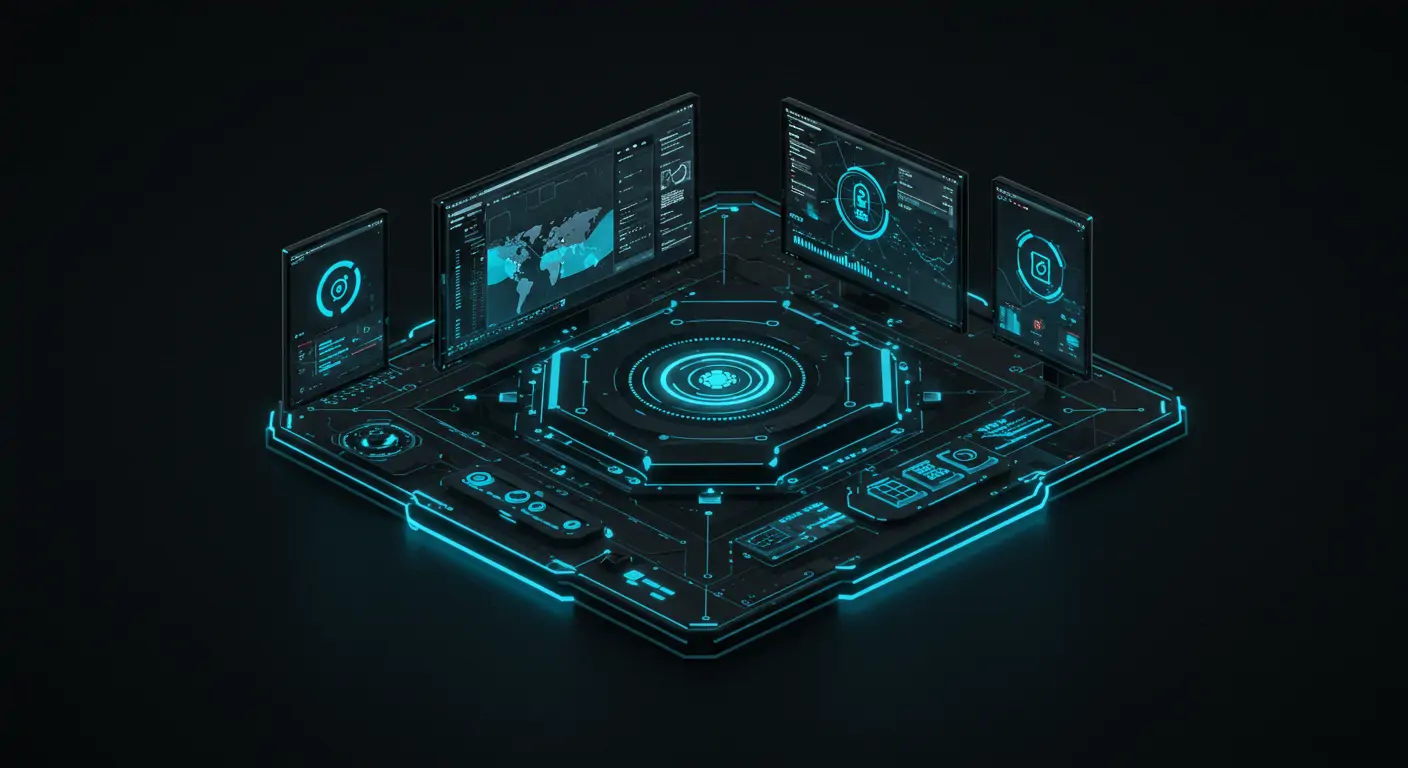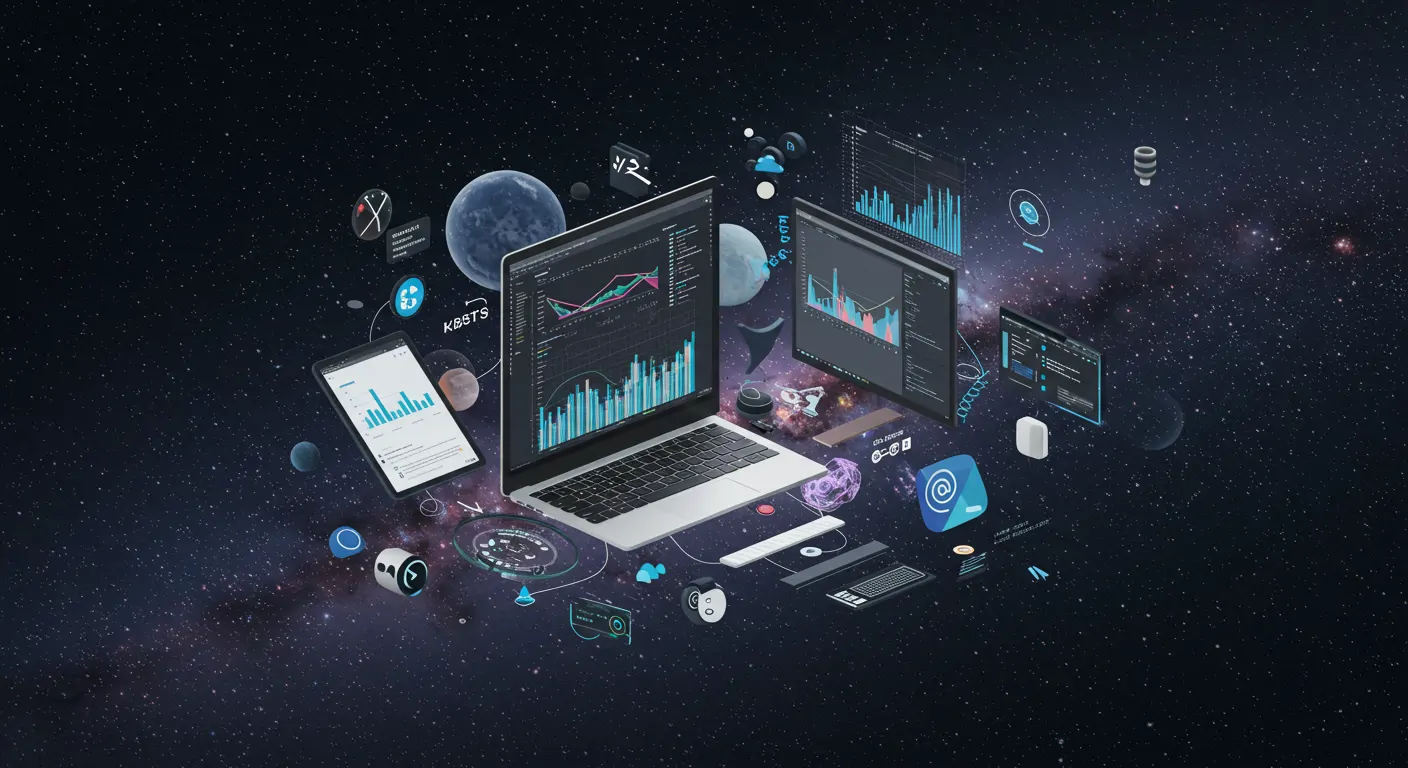The Problem Everyone Faces
Picture this: You're managing a sprawling network of IoT devices spread across urban infrastructures, collecting vast amounts of data in real-time. Your traditional cloud setup is struggling to keep up with the deluge. Latency is high, costs are soaring, and your systems are occasionally overwhelmed. Conventional wisdom suggests that simply scaling up cloud resources will solve the problem, but this approach is neither cost-effective nor efficient in 2025's rapidly evolving tech landscape.
In an era where milliseconds matter, the cost of not solving this problem can be staggering—missed opportunities, customer dissatisfaction, and data bottlenecks that can cripple operations. Enter edge computing with AWS Lambda, a powerful solution that processes data at its source, reducing latency and minimizing cloud dependency.
Understanding Why This Happens
The root cause of this issue lies in centralized data processing. Traditional cloud architectures are designed to handle data after it has been transmitted from devices, which introduces latency. This is compounded by network congestion and limited bandwidth, especially in remote IoT scenarios. A common misconception is that more cloud power equals better performance, overlooking the potential of edge solutions.
The Complete Solution
Part 1: Setup/Foundation
First, ensure you have an AWS account with permissions to create Lambda functions and IoT Core resources. Then, set up your IoT devices to communicate with AWS IoT Core. This involves configuring the device's firmware to use AWS SDKs for secure data transmission.
Part 2: Core Implementation
Next, configure AWS Lambda to process incoming IoT data. This involves creating a Lambda function triggered by IoT Core rules. The function should handle data processing, and possibly, data aggregation or transformation for immediate insights.
Part 3: Optimization
Now, focus on optimizing for performance. Use AWS Lambda's provisioned concurrency to reduce cold start latency and implement CloudWatch to monitor and auto-scale your Lambda functions based on workload. Additionally, use efficient data serialization formats like Protocol Buffers for your IoT messages to reduce payload sizes.
Testing & Validation
To verify functionality, simulate IoT device messages and monitor the Lambda function logs using AWS CloudWatch. Set up test cases for expected data scenarios and edge cases to ensure robust processing.
Troubleshooting Guide
- Common Issue: Lambda function timing out. Solution: Increase the timeout setting and check IoT message size.
- Common Issue: Data processing errors in Lambda. Solution: Ensure correct payload format and error handling in the function code.
- Common Issue: High latency in message processing. Solution: Optimize Lambda cold start with provisioned concurrency.
- Common Issue: IoT device not communicating with IoT Core. Solution: Verify endpoint configuration and check device permissions.
Real-World Applications
Consider a smart city scenario where edge computing is used to process traffic sensor data in real time, regulating traffic lights to optimize flow and reduce congestion. This setup not only decreases latency but also lowers operational costs by reducing the load on cloud infrastructure.
Frequently Asked Questions
Q: Why choose AWS Lambda for edge computing?
A: AWS Lambda is preferred for edge computing due to its serverless nature, allowing automatic scaling and cost-effectiveness. Unlike traditional servers, Lambda functions scale automatically with workload demand, making them ideal for processing variable IoT data loads. They also integrate seamlessly with AWS IoT Core, providing a cohesive ecosystem for deploying edge solutions. Furthermore, Lambda's pay-as-you-go pricing reduces costs compared to maintaining dedicated servers, making it an attractive option for many enterprises.
Q: How does edge computing reduce latency?
A: Edge computing reduces latency by processing data closer to the source—IoT devices in this case. By handling data processing at the edge, it eliminates the need for data to travel to a central cloud server, thus reducing round-trip time. This is particularly critical in applications requiring real-time responses, such as autonomous vehicles or industrial automation. Additionally, it can alleviate network congestion by minimizing the amount of data transmitted over the internet, further enhancing performance.
Q: Can AWS Lambda handle high-throughput data streams?
A: Yes, AWS Lambda can handle high-throughput data streams with proper configuration. To optimize for high throughput, enable provisioned concurrency to reduce latency and set up appropriate error handling and retry logic. Integrating with AWS Kinesis or IoT Analytics can also help manage large volumes of data efficiently. Moreover, monitoring and auto-scaling policies can ensure that Lambda functions scale in response to load, making them capable of handling increased data throughput seamlessly.
Q: What security measures should be considered?
A: Implementing security in edge computing requires a multi-layered approach. Use AWS IAM roles to restrict access to Lambda functions and IoT Core resources. Encrypt data at rest and in transit using AWS KMS and SSL/TLS, respectively. Regularly update device firmware to patch vulnerabilities and implement network-level security using AWS Network Firewall. Additionally, employing anomaly detection and intrusion prevention systems on IoT devices can enhance security at the edge.
Q: How do I monitor and manage AWS Lambda costs?
A: AWS Lambda costs can be managed by monitoring usage with AWS CloudWatch and setting up billing alerts. Optimize function execution time and memory allocation to ensure cost efficiency. Additionally, consider using AWS Lambda's reserved concurrency to manage costs during predictable traffic patterns. Use the AWS Pricing Calculator to estimate costs based on expected usage and regularly review AWS Billing reports to identify cost-saving opportunities.
Key Takeaways & Next Steps
In conclusion, implementing edge computing with AWS Lambda and IoT in 2025 offers a robust solution for real-time data processing. You've learned to set up a foundational edge architecture, implement core processing with AWS Lambda, and optimize for performance and cost. As next steps, explore advanced topics like machine learning at the edge, delve into AWS Greengrass for local processing, and consider integrating with AWS Sagemaker for more sophisticated data insights. Additionally, continue monitoring industry trends to stay updated on edge computing advancements.




